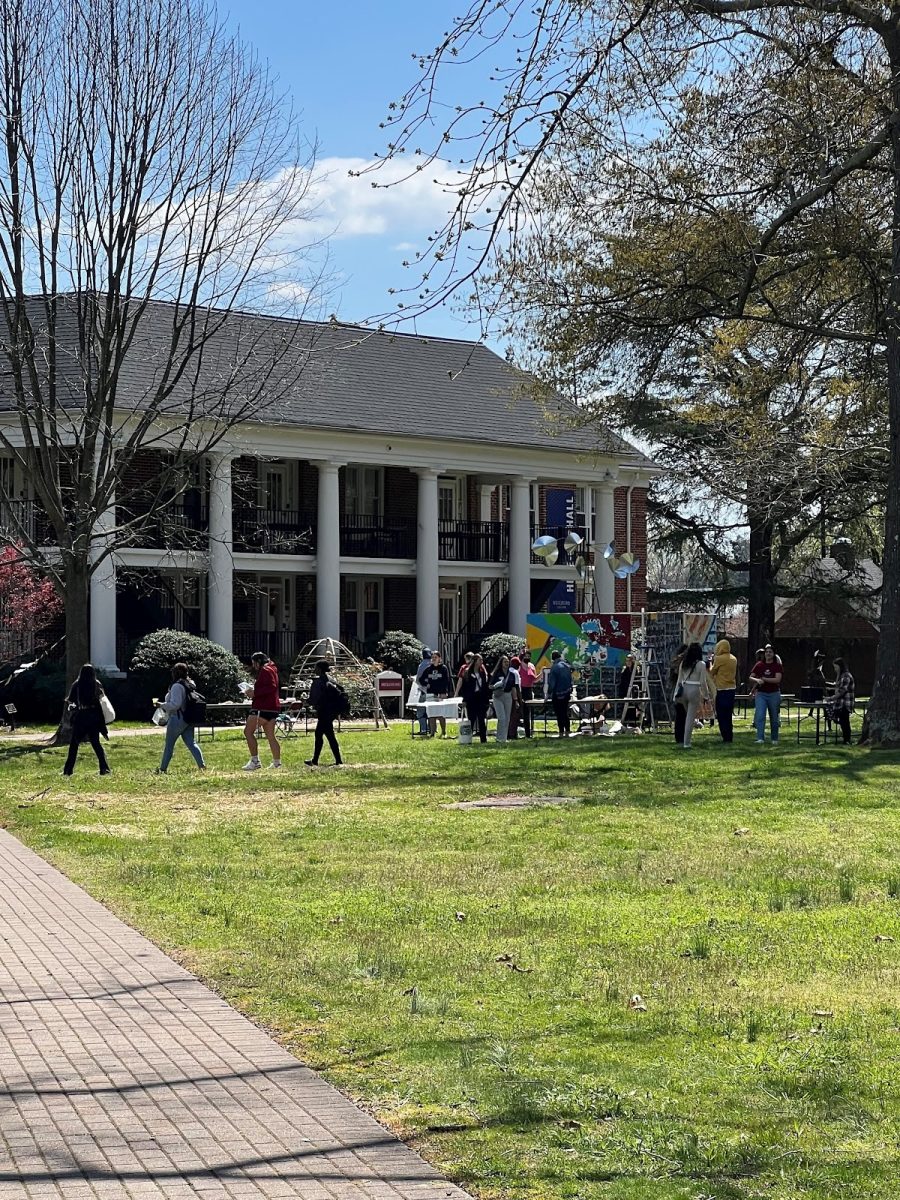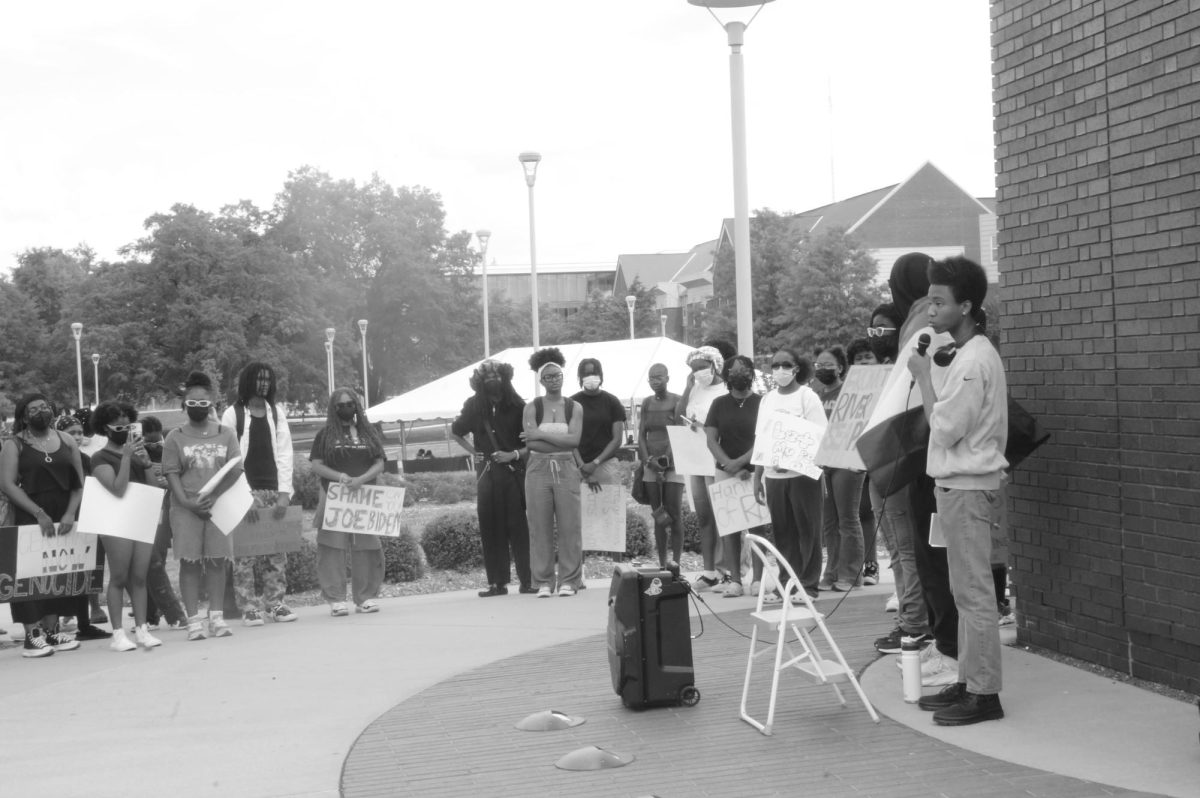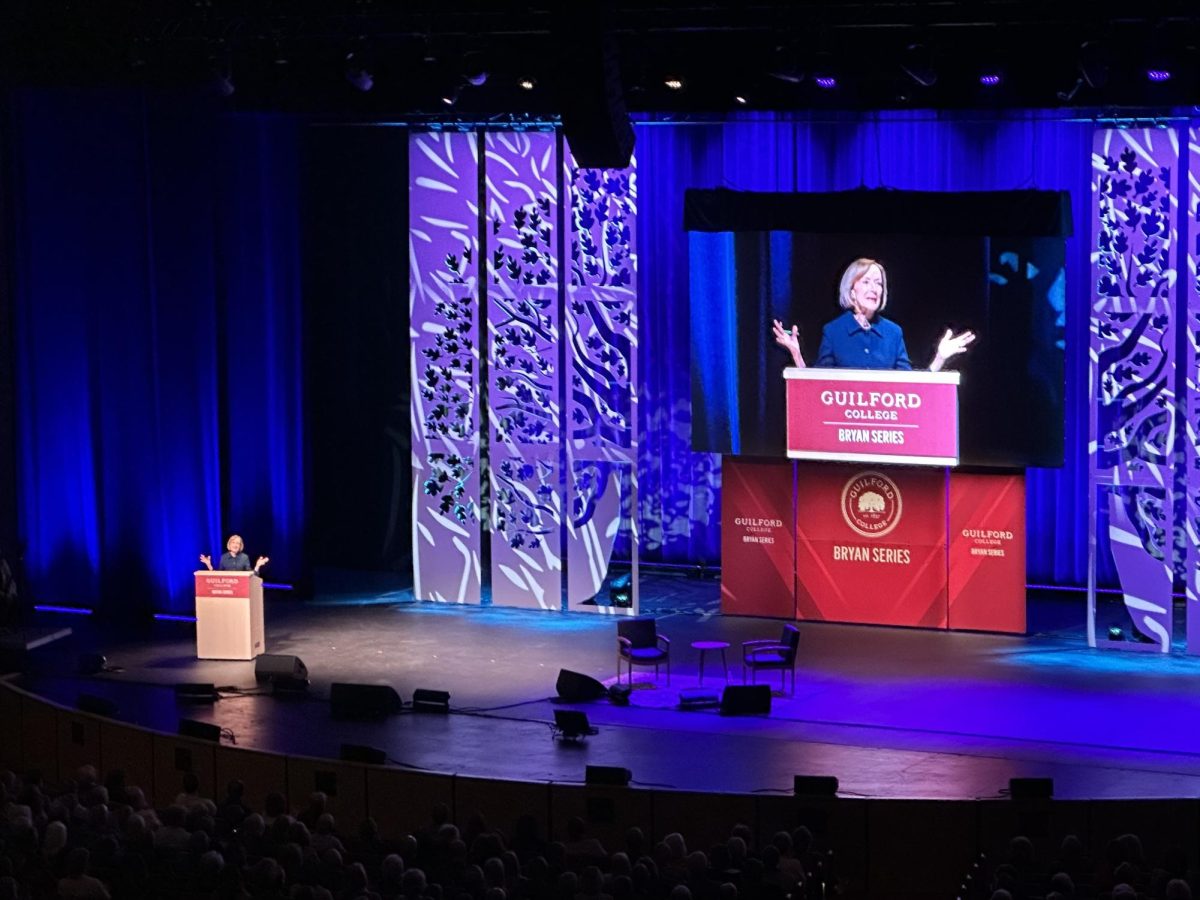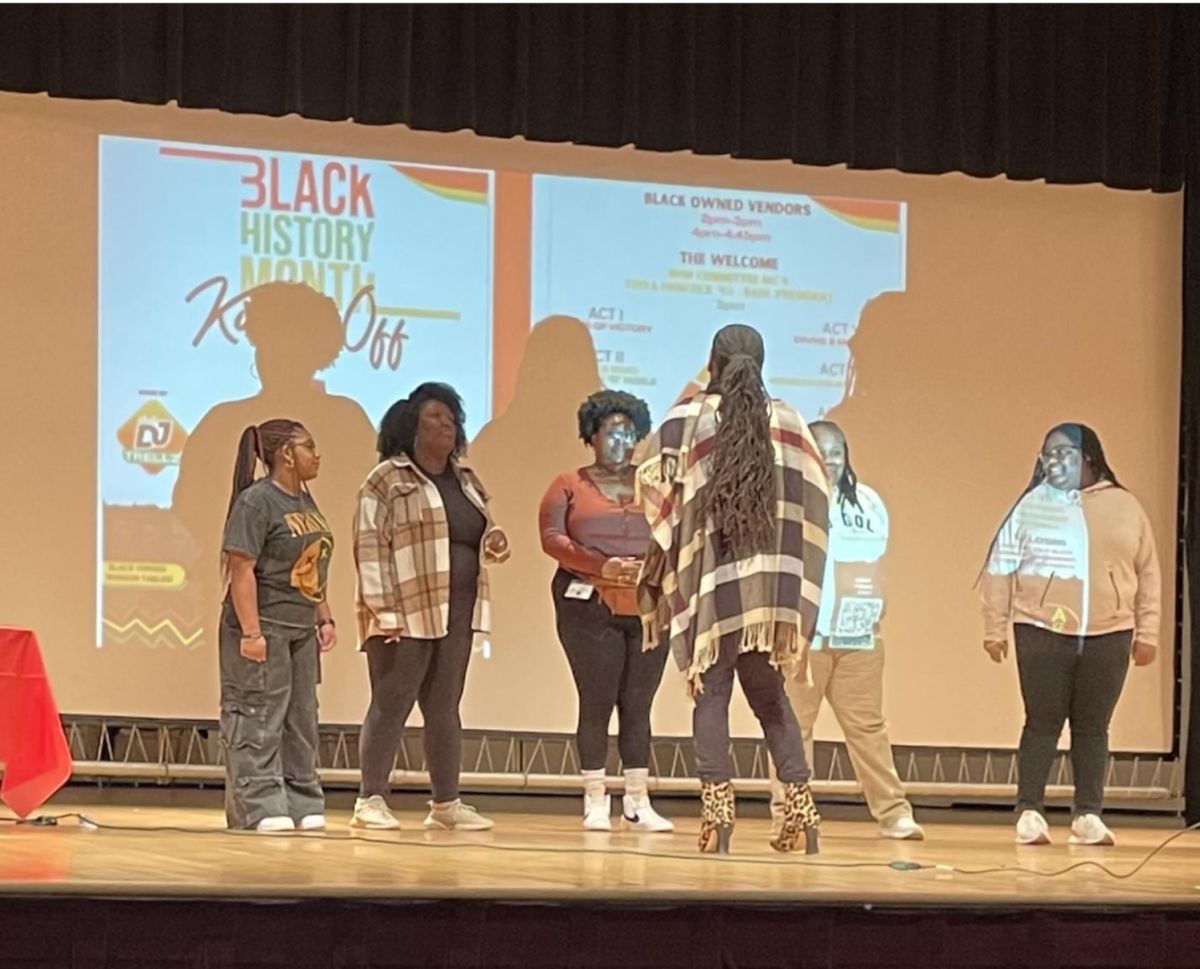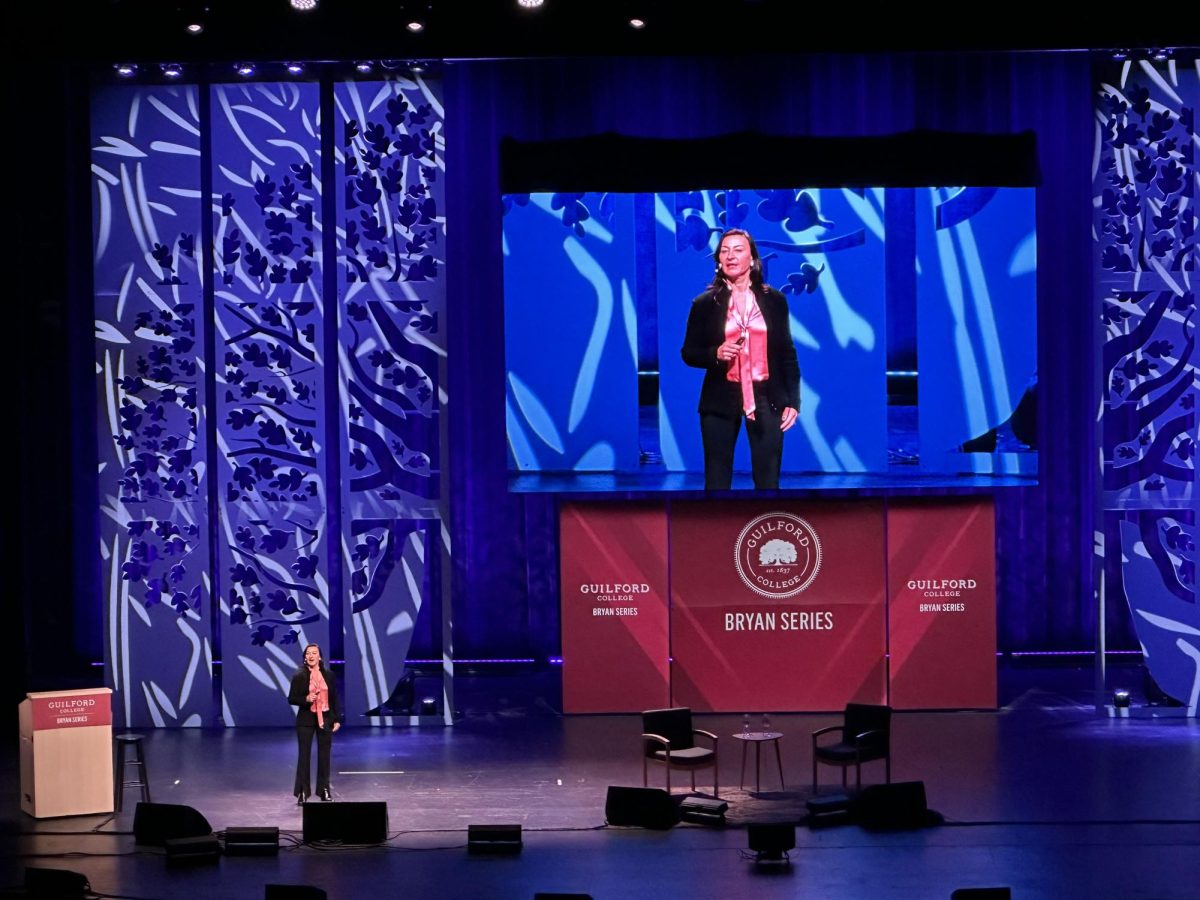Imagine attending a school where no one understands your culture, your beliefs or your identity. Unfortunately, for minority groups, this can be an everyday reality.
For instance, many Latino students have had such experiences in higher education, where they are often extremely underrepresented. Guilford College, however, has started making progress in minimizing these injustices.
This year, the first-year class contains one of the largest Latino populations in recent years, with a total of 33 traditional first-year Latino students, representing 7.6 percent of their class.
In 2010, Guilford had the largest Latino population in its history with 34 students, but that number dropped sharply to 17 the following year. The numbers have been slowly climbing since then, however, and are projected to continue to grow.
According to Andy Strickler, dean of admission and financial aid, the Admission Office did not concentrate on recruiting specific groups of students, but instead offered resources to all students.
“We spend our time and energy on all students who come from underrepresented backgrounds,” said Strickler. “But we did not come up with specific recruitment for African American students, for Latino students, for Asian students.”
This increase in Latino students at Guilford can be attributed to the collaboration between the Admission Office and the Multicultural Education Department.
Held every November, the Soy un Líder conference brings Latino students from Guilford, Alamance and Forsyth Counties to Guilford College. Organized by Hispanos Unidos de Guilford, the conference gives students the opportunity to learn about the application process, financial aid and the college experience in general.
First-year José Oliva was recruited through the program.
“I went to Soy un Líder, and that was one of the first times I heard about college and how college works,” said Oliva. “Guilford really believes in their students, beyond the academics. The Admission Office takes care of you, they send you emails and they are very interested in you.”
Oliva, who is also a part of HUG and the Bonner program, expressed the sense of family and community that these programs bring him and other students. One such student is senior Joyce Medina Allard, co-vice president of HUG.
“It’s been like my family, it is my community here, like my second home,” said Medina Allard. “It is a place I feel comfortable to express myself as a Latina student.”
Jorge Zeballos, director of diversity and training development, has witnessed the benefits from this increase in Latino students at Guilford.
“It has made a tremendous difference in the experience the Latino students are having now,” said Zeballos, who is the advisor for HUG.
“They are feeling a greater sense of community, they are feeling a better sense of support because there is not just a few of them. That is certainly helping in terms of retention and graduation, because students feel that this is a campus where they can feel at home.”
As core values at Guilford, justice and diversity play a huge role in the importance of the Guilford Latino population.
“The physical presence of a diverse student population contributes to creating a richer academic environment,” said Zeballos. “So it actually benefits all students.
It enhances the learning beyond the classroom. And it is connected to the core value of justice by creating greater access for a population that has been historically marginalized from higher education.”
Professor of Spanish Sylvia Trelles, who is from Cuba, also finds Latino representation in college settings to be invaluable.
“For me, personally, it is very important to see Latino students at Guilford, to see them getting a higher education,” said Trelles. “It is important for the future of the Latino population and for the future of the U.S. that the fastest growing minority is educated.”
Despite this step in the right direction, the battle for diversity is not yet won. According to USA today, while the percent of Latino high school graduates attending college is increasing, Latinos are still much less likely to enroll full-time or at a four-year college than their white counterparts.
“The drive towards diversity never ends,” said Strickler.

